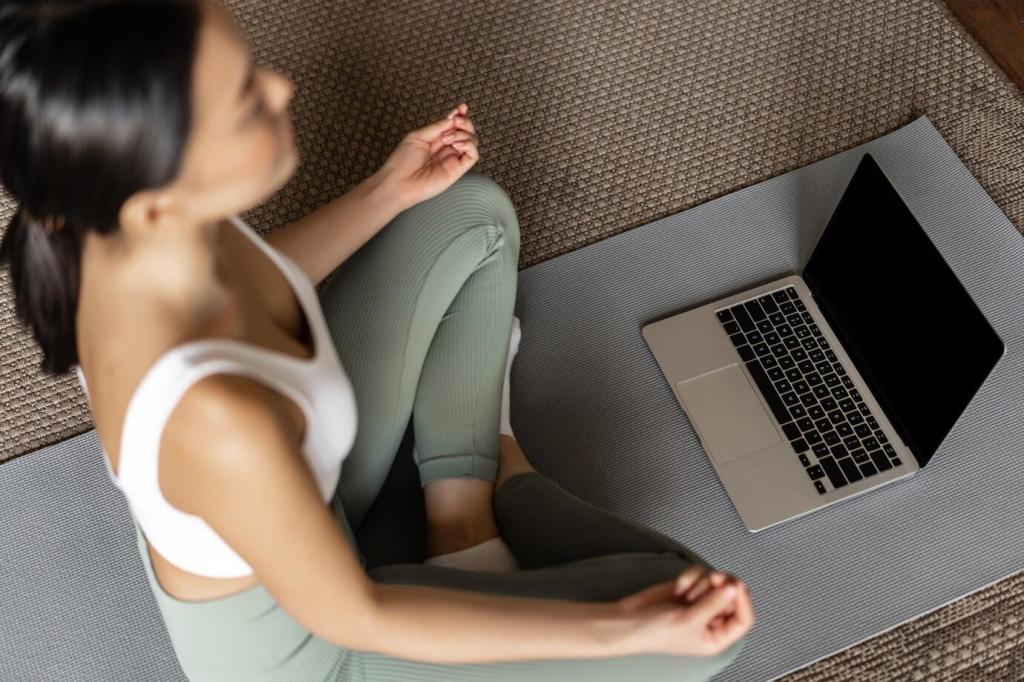Designing Calmer Devices
Limit your phone to two home screens. First: essentials only—calendar, messages, maps. Second: tools, not toys. Everything else goes into folders off-screen. Reducing visual noise prevents autopilot tapping and encourages deliberate choices.
Designing Calmer Devices
Turn your phone to grayscale during work blocks. Without color, addictive icons lose their lure, and feeds feel dull by design. Many professionals report immediate drops in mindless checking within the first week of this simple tweak.





